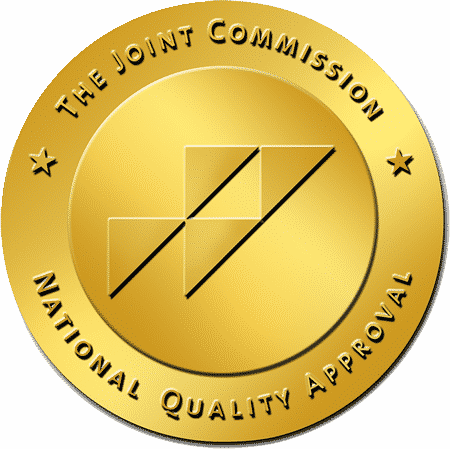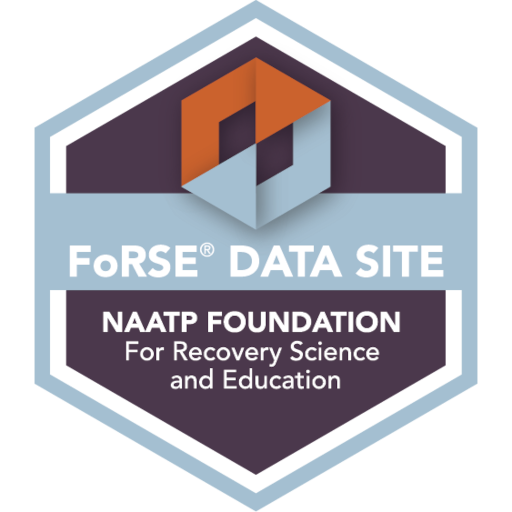Living with chronic pain can be unbearable, both physically and emotionally. To relieve the discomfort and distress associated with this condition, many doctors prescribe opioid medications like hydrocodone or oxycodone.
While these medications can effectively manage and treat severe pain, they can also be highly addictive and dangerous. If you or someone you know is struggling with a dependency to oxycodone or hydrocodone, this blog post will provide insight into the differences between these two powerful medications. We’ll also explore how easily and quickly they can be abused and outline the potential dangers of their misuse.

What Is Hydrocodone?
Hydrocodone is a commonly prescribed pain relief medication. It is classified as an opioid that binds to brain and spinal cord receptors to reduce pain sensations.
To enhance its potency as a medication, hydrocodone is available combined with acetaminophen. Nonetheless, it’s also possible to obtain pure hydrocodone, though this is usually only accessible in hospitals.
Synthesized from the poppy plant, hydrocodone is usually prescribed in tablet or capsule form to be taken orally. However, it can also be injected for a faster effect.
While this medication can be incredibly effective in reducing pain, it has been classified as a Schedule II controlled substance in the United States due to its high potential for misuse and addiction.
As such, it is essential to use hydrocodone only as a healthcare provider prescribes and store it securely to prevent misuse.

What Is Oxycodone?
Oxycodone is a potent pain medication classified under Schedule II opioids.
Oxycodone binds itself to specific pain receptors in the central nervous system to mitigate the sensation of pain in patients. While many people use it with proper medical supervision, it has a severe potential for abuse and addiction, particularly among individuals who misuse it for recreational purposes.
Both hydrocodone and oxycodone come in a variety of formulations and strengths. Oxycodone is typically prescribed in tablet or capsule form, while it may also be available as a liquid solution for intravenous or intramuscular injection.

Side Effects of Oxycodone and Hydrocodone
Both hydrocodone and oxycodone pain medications have similar side effects, ranging from moderate to severe.
Common side effects of both hydrocodone and oxycodone include:
- Stomach pain
- Dry mouth
- Drowsiness
- Nausea and vomiting
- Headache
- Dizziness
- Lightheadedness
Additionally, hydrocodone can also cause muscle tightening, tremors, and shaking.
Serious side effects such as hallucinations, seizures, confusion, and confusion can occur when either of these drugs is misused or taken in high doses.
Lastly, both medications can be habit-forming and cause withdrawal symptoms if usage is abruptly stopped after long-term use. Therefore, it’s important to follow a doctor’s instructions for taking either hydrocodone or oxycodone to treat pain.
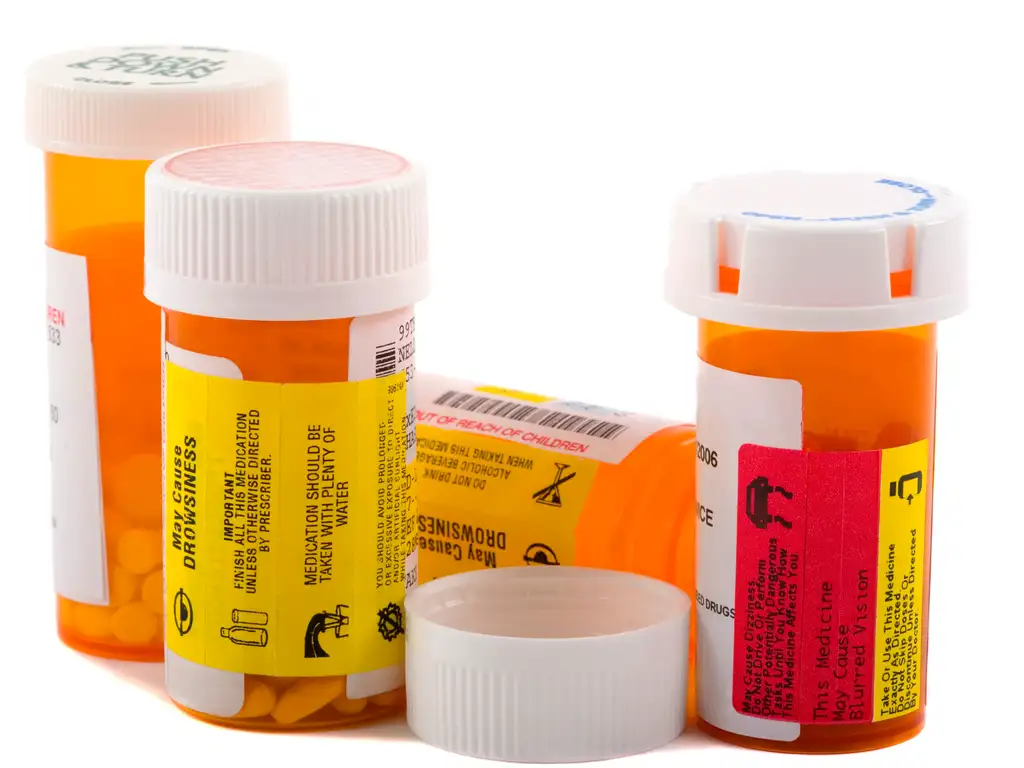
Hydrocodone Vs. Oxycodone: The Difference
The difference between oxycodone and hydrocodone is minimal, but the differences will greatly effect how one’s brain and body respond and perceive pain.
These two drugs are potent pain relievers with a high potential for opioid abuse but have subtle differences. While the drug enforcement administration (DEA) consider hydrocodone and oxycodone Schedule II drugs as they are synthesized from the poppy plant, their side effects and strength vary slightly.
Both oxycodone and hydrocodone are used to treat severe pain. Chronic pain can be described as acute pain, severe pain, and moderate pain.
Studies show that hydrocodone is more likely to cause constipation, stomach pain, and other gastrointestinal issues than oxycodone, while oxycodone is more likely to cause fatigue and tiredness.
For those suffering from post-surgical acute pain, taking hydrocodone may be a lower-risk option than oxycodone.
Besides these minor differences, both medications have similar effects on the body and brain. With either one, using as directed and avoiding taking more than the prescribed dosage is essential.
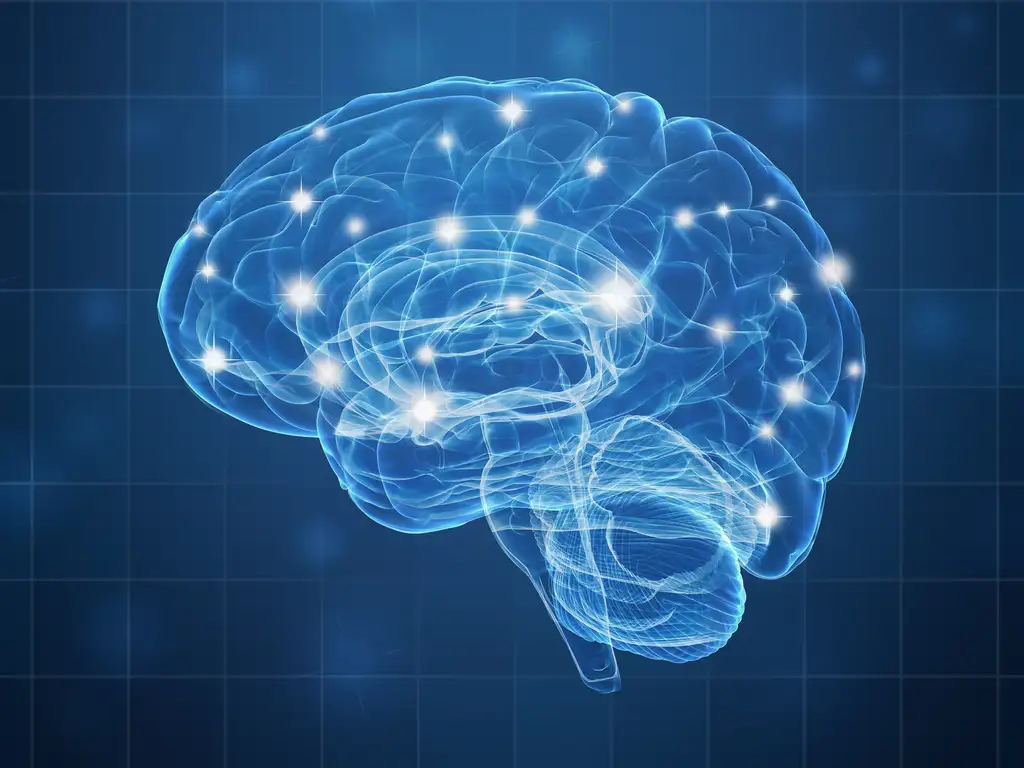
Why Are Oxycodone and Hydrocodone So Highly Addictive?
Oxycodone and hydrocodone are two of the most commonly prescribed painkillers in the United States, but they also have a high risk of dependency. Both medications are classified as opioids, which means they interact with the brain’s reward system and can create feelings of euphoria. The brain’s opioid receptors and pain signals are blocked or disrupted, and a sense of pleasure is created instead.
Because of these, the drugs are addictive and can quickly lead to dependence. In addition, the body can build up a tolerance to these drugs, which means that over time, people may need to take larger doses to achieve the same level of pain relief.
This vicious cycle of increasing dosage can lead to physical and psychological dependence on the drug, making quitting extremely difficult.
According to the United States Department of Justice, a disheartening 13 million Americans, including some as young as 12 years old, abuse oxycodone. The 2016 National Survey on Drug Use and Health (NSDUH) also reveals that 6.9 million people in the U.S. aged 12 and older are misusing hydrocodone. These alarming statistics should not be taken lightly.
With opioid abuse skyrocketing nationwide, it is crucial to understand the risks associated with these drugs and take caution while using them. It’s also essential to monitor any signs of addiction or overdose to intervene before things get out of hand.

Signs and Symptoms of Opioid Drug Abuse
Opioid drug abuse can lead to several physical, behavioral, and psychological side effects, such as:
- Agitation and mood swings
- Impaired coordination and motor control
- Sudden changes in behavior
- Weight loss or gain
- Changes in sleeping patterns
- Financial difficulties
- Loss of interest in activities that were once enjoyable
- A change in social circles
It is essential to look for these signs, as they could indicate a developing opioid addiction. If not caught in time, opioid addiction can lead to serious health issues, including overdose, coma, and even death.
Treatment Options for Opioid Dependency and Withdrawal Symptoms
Over 2.5 million Americans suffer from opioid dependency, and the best way to help them is by getting them into a treatment program that understands pain medications and has experience with recognizing and treating withdrawal symptoms.
Programs vary in length and intensity, so it is important to research and find the one best suited for individual needs.
Below are some of the most common treatment options available.
Inpatient Rehabilitation
Inpatient rehabilitation is a reliable resource for those wanting to face their use, abuse, and dependency on drugs and alcohol.
Most inpatient facilities have levels of care that a person can participate. This is called the continuum of care. For an opioid use disorder a person would begin their treatment process starting with detoxification then step down to inpatient or residential depending is it is a hospital based program or a stand alone facility.
For those with acute pain a hospital setting is usually best.
Most inpatient rehab centers use a combination of medications for the withdrawal of hydrocodone and oxycodone while a person is in detox. Counseling, and other evidence-based therapies are utilized to treat an opioid use disorder.
Outpatient Rehabilitation
Outpatient rehabilitation is a type of treatment for opioid dependency. Those who choose this option have access to intensive outpatient programming with care and support from clinical staff.
Most seeking this level of care have completed detox and residential and are moving to continue their continuum of care while living at home. While others, might be starting their care at this level as their hydrocodone and oxycodone dependency did not meet the criteria for a higher level of care.
With an outpatient drug and alcohol rehab, clients meet with therapists, participate in groups, and begin to develop a support network. The flexibility of this level of treatment has broader times for treatment to better fit the needs of those working.
Medication Assisted Treatment (MAT)
MAT offers a way to manage opioid dependency by combining medication and counseling. Three of the most popular medications used in MAT are methadone, buprenorphine, and naltrexone.
La Hacienda does not offer traditional MAT. We are a detoxification and residential program that helps those who have become addicted to prescription medications and also those who have become dependent on chronic pain medication.
Finding the Right Treatment Facility
The first step to recovery from opioid addiction is to recognize the need for treatment. The next step is finding the right program and facility to help achieve long-term sobriety. Finding the right program may be a complex process, but it is essential for successful recovery.
If La Hacienda is not the best program for someone, our experienced admissions team can help guide them toward a program that works for them.
Below are some crucial factors to consider when looking for the right program.
Types of treatment offered:
Research what treatment options and staff are available. Some medical staff is outsourced so actually seeing a physician takes time, where other programs, like La Hacienda, have around the clock medical staff.
Location:
Consider how far the facility is from friends and family. Being close to home can make visits more frequent while traveling to a distant location may offer a sense of anonymity.
Cost:
Speak with your insurance provider and research if the program you’re considering is within your budget or covered by insurance. Sometimes, financing options are available.
Experience:
Research the facility’s success rate and inquire about the experience of their staff members working with opioid addiction.
Final Thoughts
Despite relieving pain, opioid medications like oxycodone and hydrocodone can lead to severe addiction and hazardous side effects.
When misused, both oxycodone and hydrocodone can drastically reduce the quality of life for the suffering individuals and those around them. That’s why it is so important to recognize the signs of addiction before it progresses further.
If you or someone you know finds themselves in this situation, please don’t wait any longer to seek help. Contact La Hacienda Treatment Center today to see how we can improve your health.
Sources:
https://www.deadiversion.usdoj.gov/drug_chem_info/hydrocodone.pdf
https://medlineplus.gov/druginfo/meds/a682132.html#side-effects
https://medlineplus.gov/druginfo/meds/a614045.html#side-effects
https://www.webmd.com/drugs/2/drug-251/hydrocodone-acetaminophen-oral/details
https://pubmed.ncbi.nlm.nih.gov/15805317/
https://www.webmd.com/pain-management/difference-between-hydrocodone-and-oxycocodone
https://www.ncbi.nlm.nih.gov/books/NBK538530/
https://www.webmd.com/drugs/2/drug-1025-1480/oxycodone-oral/oxycodone-tablet-oral-use-only/details
https://www.healthline.com/health/pain-relief/oxycodone-vs-hydrocodone
https://www.deadiversion.usdoj.gov/drug_chem_info/hydrocodone.pdf
